This is the age of beauty and the appearance of youth is prized. Culture has acknowledged this and everyone is on the quest for the image of eternal youth. From the effects of a healthy diet to the cleansing ritual some people believe exercise to have, many facets in life revolve around how they affect your appearance.
In response to this need and demand, scientists have been striving forward with recipes and mixes touted to bring the desired results everyone is looking for.
Now, there are so many products on the market that sometimes it can be difficult which ones to choose.
Which skincare products are going to provide you with that youthful glow?
Instead of giving you a list of the best products that may not be offered where you commonly shop, we are giving you a list of ingredients that you should be looking for.
Take this list and apply it to any of the products that you may be already using, or are interested in buying, to get an idea of the actual effectiveness of the products you are using. Take back control over the products you invest in to really be able to invest in yourself.
Please note, this is not a comprehensive list of all of the possible effective ingredients that can be found in skin care products. If you want to do further research on effective ingredients, check out this article.
This list is a mix of synthetic and naturally-derived ingredients. The natural ingredients will have an asterisk next to them to keep you organized.
Aloe Vera*

What It Is:
Aloe Vera is a naturally derived compound from small succulents that can be found in abundance throughout tropical regions all over the world. This part of the plant has been found to be a beneficial ingredient in many products, including in skincare, hair products and even some beverages.
The jelly-like substance that comes from the Aloe Vera contains vitamins such as B1, B2, B6, C, and other enzymes and protein compounds along with a variety of amino acids.
Uses:
Regarding skincare, Aloe Vera is used in products to act as an antifungal and antiviral to help with the healing process. It has a large hand in helping along regenerative treatments.
A little known fact is the way that it helps in slowing down the progression, as well as the subsequent itching, caused by striae, the scientific term for stretch marks.
It is often kept in the kitchen since it is so effective at keeping skin wounds clear from infection as well as soothing inflammation and pain. It is often an ingredient in acne treatments during the healing process.
Ceramides
What It Is:
Simply put, ceramides are a specific type of lipid that is found naturally in the stratum corneum. In other words, the outer layer of skin. This layer of skin is supposed to be a barrier to help protect you as well as keep water inside.
Ceramides are a compound that your body will generate if everything is functioning properly. When it isn’t, especially as one ages, then you may need to resupply your skin with this lipid yourself.
Uses:
The main function of ceramides is to keep water within the layers of skin. This means that you will stay hydrated and look healthy. Oftentimes, this function breaks down as we get older.
Often, ceramides can be found in products meant for aging, or skin repair due to degradation from very dry skin or age reair. If you find yourself actively fighting wrinkles or sagging skin, using a product with this as an ingredient can slow down the process.
It can be a highly effective product if you need to switch up some products due to the dryness winter brings with it. It can be great for combatting that “winter skin.”
Cetearyl Alcohol*
What It Is:
Really, this one is a natural derivative?
It can be. It is one to keep an eye out for as the ingredient may be natural, but can also be made synthetically or be taken from animals or palm oil, not great for the environment.
Most of the alcohols that we are familiar with tend to dry skin out quickly. This is not the case with cetearyl alcohol as it is really a mixture of fatty acids. Keep an eye out for cetearyl olivate or sorbitan olivate as these ingredients are very similar and also hypoallergenic.
Uses:
This ingredient may really be the unsung hero of the products that it is used in. The reason for this is that it acts as a highly effective emulsifier, keeping all of the components mixed together. It also acts as an emollient, or a softener for your skin.
Products that contain this ingredient often have a high spreadability and are easier and more effective to use. If you are struggling with dry skin and are looking for the perfect products for you, check out this article on how to manage dry skin.
Charcoal*
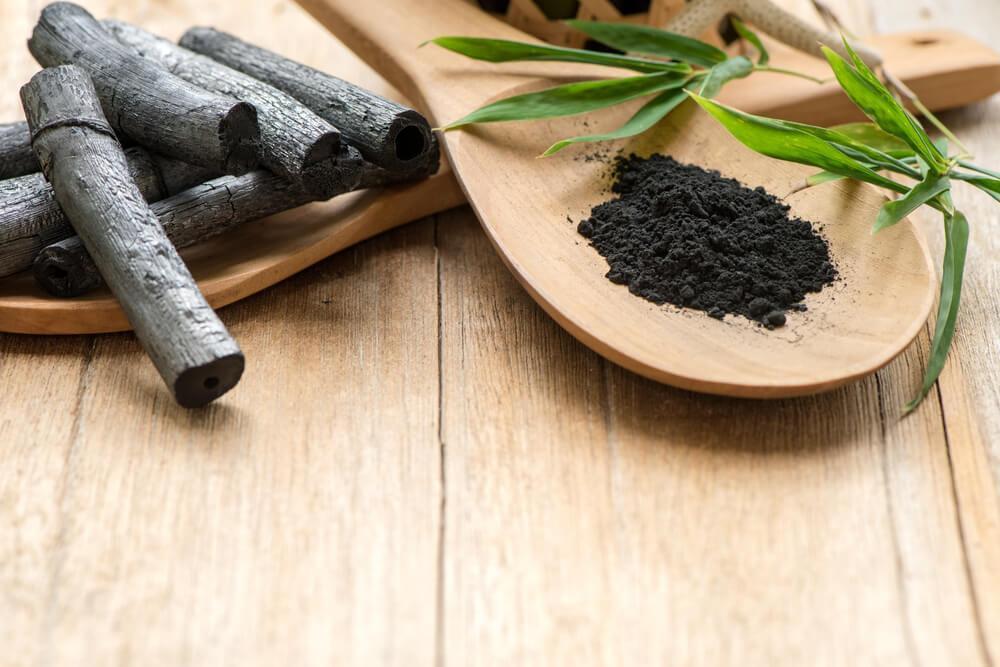
What It Is:
One familiar form of charcoal is the large black chunks that can be used while grilling. Another that artists will be familiar with is also a black chunk that is used for sketching and shading.
Beyond these practical world applications, charcoal is simply a form of carbon that can be used in the medical community as a poison treatment or for relieving nausea.
Uses:
Charcoal has absorption properties due to its very low volume of pores that mean that it can absorb between 100 to 200 times its own weight. It has become a common ingredient in cleansers since this property makes the ingredient effective at drawing out and absorbing unnecessary oils, dirt and other harmful materials from the skin.
Due to doctor’s using charcoal to get rid of difficult odors from wounds, it is also being added to natural products like deodorants.
Coconut Oil*
What It Is:
Coconut oil was the new trend several years ago. Since then, it has made its mark and can be found all over the market, in haircare and skincare especially. It has even made it into the kitchen for health-conscious eaters.
Coconut oil is a simple ingredient that is originally from the palm family and can be found in most tropical regions.
Coconut contains triglycerides, or chains of fatty acids, as well as tannins and flavonoids. It is worth noting that it is one of the few oils that is hypoallergenic. It also contains Vitamin E.
Uses:
Coconut oil has anti-inflammatory and antibacterial properties that make it an effective ingredient in medical communities. This is why it is often a useful ingredient in skincare products meant to treat acne or scarring. If this is the result you are looking for, check out this article specifically on ingredients that fight acne.
As most oils are known to be, coconut oil is great for treating dry skin and acts as an effective emollient. It helps to hydrate and then protect the outer layer of skin from damage as well as water loss.
DMAE*
What It Is:
This is another one of those products that can be both naturally and synthetically derived. It is produced by the body and can also be found in salmon, sardines, and anchovies.
In the body, DMAE is a crucial part in the function of memory storage and brain functionality. It helps to regulate REM sleep, pain responses, regulate processes linked to memory retention.
Beyond this, it has been found to be a highly effective ingredient in skincare products. It is used for aging treatments as a skin serum.
Uses:
Although tests are still being done with this compound, it is theorized to help reduce wrinkles as well as to provide shape and firm up sagging skin. These are common effects known to happen with age.
If you are looking for a great product that contains this ingredient, look for OROGOLD Rose Gold Filler Concentrate. This product offers a quick solution to the appearance of wrinkles, almost like swiping them away. It helps to give a visibly smoother and firmer appearance around the yes and mouth.
Ethyl Macadamiate*
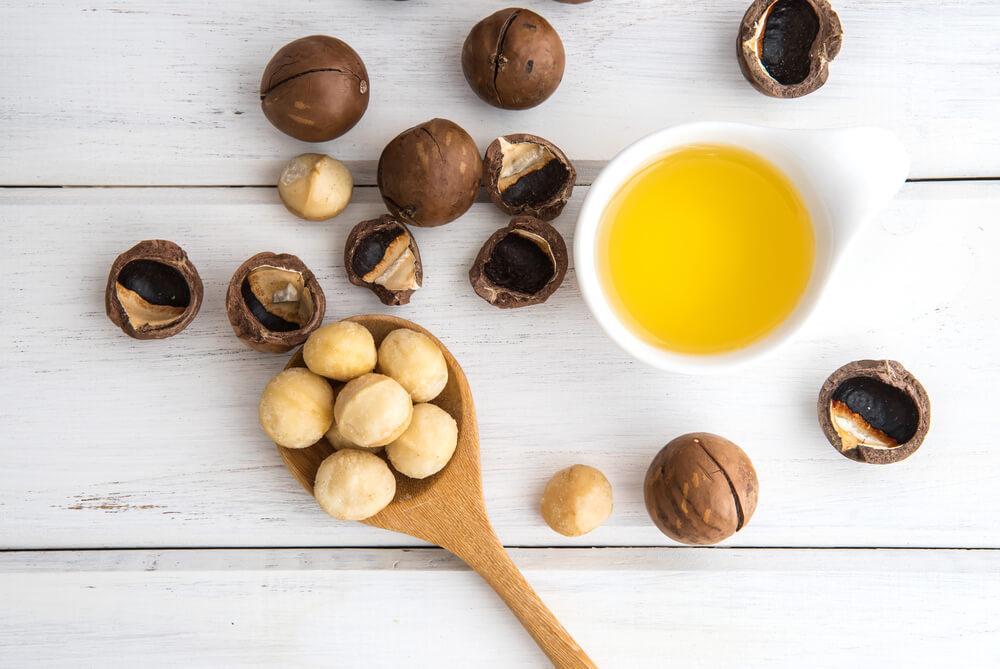
What It Is:
Another ingredient that may be misunderstood when read on a product label. It is derived from a process called saponification. Saponification connotes a conversion of a fatty or oily substance into soap and alcohol through application of heat and an alkali catalyst.
While this may be quite a mouthful to spout off when you are trying to tout the positive effects of your product, it is enough to know that it works very well as a moisturizer. It is generally derived from macadamia seed oil.
Uses:
There has not been a great deal of research on the useful properties of macadamia nuts. It has been accepted that they have a higher antioxidant capacity compared to similar ingredients such as Vitamin E and selenium.
Knowing this, it may be easier to accept when an effective ingredient ethyl macadamiate is. It helps to rejuvenate the skin and moisturize it so it is left glowing and feeling softer than before.
Glycolic Acid
What It Is:
Glycolic acid is actually a chemical exfoliant. It is one of the major AHAs, which are very common in skincare products nowadays. It is an extremely potent ingredient, so if you find it in one of your products, watch out for the percentage.
Peels can contain up to 20% glycolic acid and products with concentrations higher than this should not be used outside of a dermatologist’s office to avoid skin damage. The higher the percentage is, the less frequently the product should be used.
Uses:
Glycolic acid is meant to exfoliate the skin, ridding it of dead skin cell coverage and excess dirt. It is effective by dissolving bonds between skin cells. If you want to read more about the process, check this article out by SELF.
When using products containing this ingredient, you should be able to wipe it off your skin and see a layer of smoother skin underneath.
Vitamin C (L-Ascorbic Acid)*
What It Is:
There are many different potential derivatives of Vitamin C, most of them being from natural sources. Many people are familiar with its presence as an active ingredient in their Vitamin tablets. However, the potential benefits for your skin make this ingredient well worth scouting out in skincare products.
Uses:
The most common use of Vitamin C in skincare products is found in anti-aging products. It is a strong antioxidant and can aid in skin reparation from sun damage. It helps to stimulate collagen production, keeping skin tighter. It also inhibits melanin production, keeping skin an even color throughout and reducing the appearance of scarring.
Due to its ability to even out skin tone, it is known for helping manifest a glowing complexion. If this is one of the priorities in your skincare regimen, check out this article for how to use Vitamin C effectively.
Tea Tree Oil*
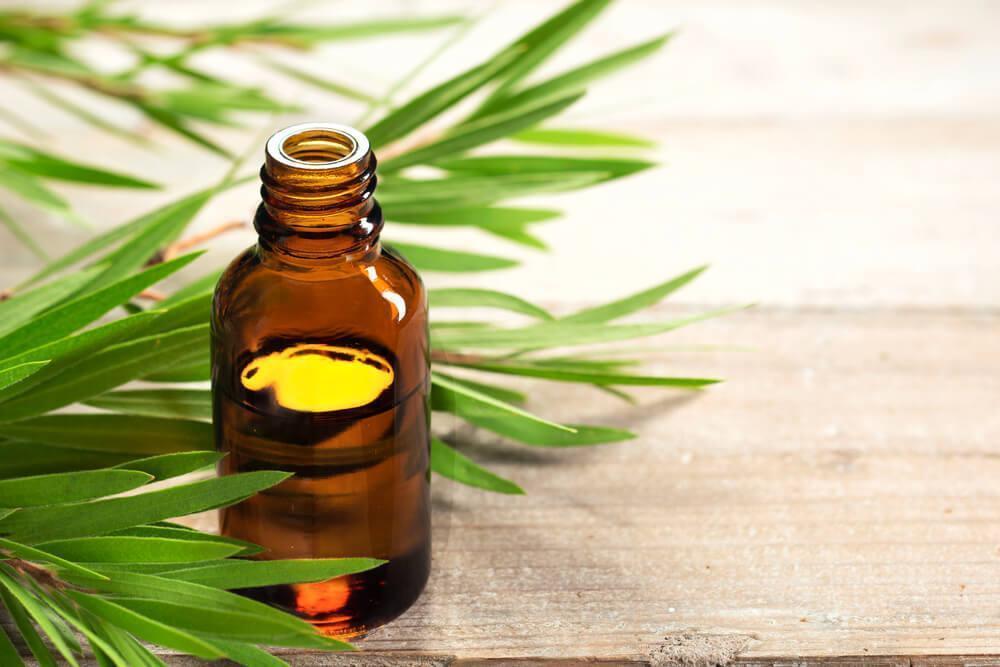
What It Is:
This oil is extracted directly from the narrow-leaved paperbark, a native tree to north eastern Australia. Modern day scientists were not the first ones to discover the positive skincare properties held in this oil. Instead, Aborigines were the first to this wondrous ingredient.
This oil is very easily recognizable due to its heady, camphor-like odor. It is often used as an essential oil in the growing trend.
Uses:
Tea tree oil has powerful anti-bacterial, antimicrobial, and anti-fungal properties. It has thus become an ingredient in products that are treatments for acne, lice, fungal infections and even for burns and insect bites.
Used in skincare products, it not only smells great but helps to decrease the likelihood of infection. It keeps an acne wound clean without the potential damage that alcohol-based products may have.
If bought in the essential oil form, be sure to mix with some degree of water to keep it from being used to an inappropriately high volume. Store out of light to inhibit oxidation.

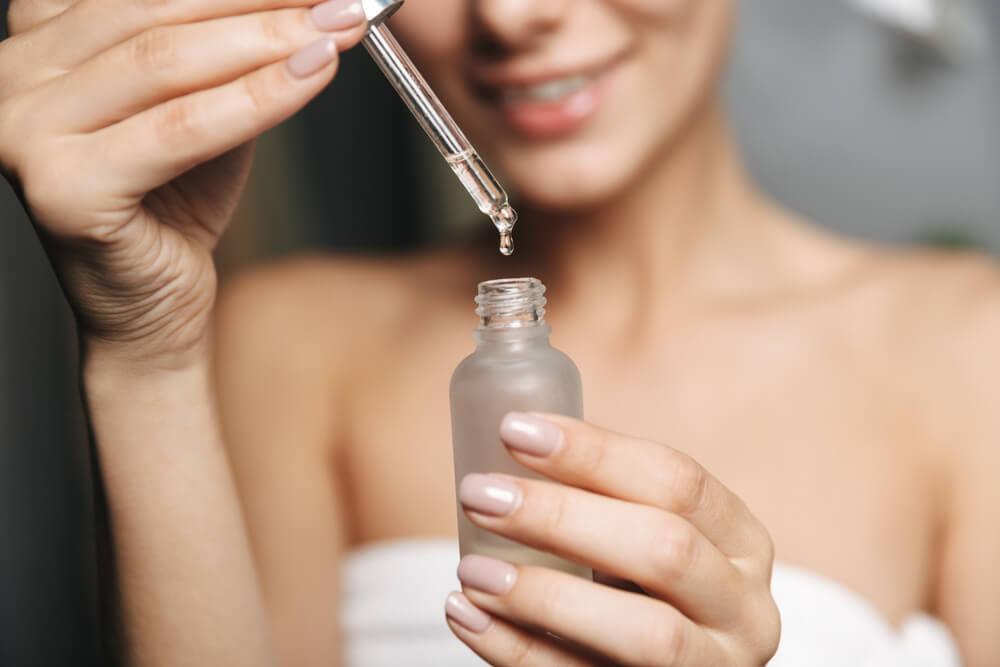

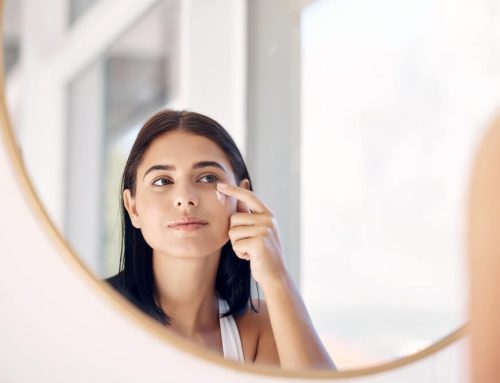
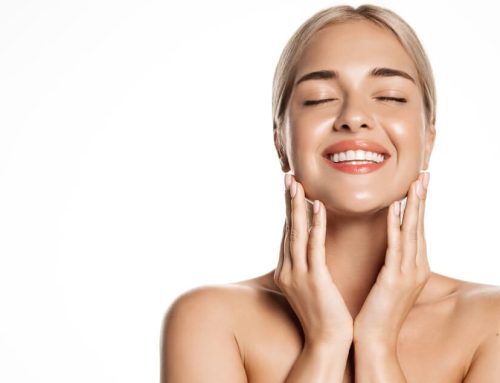

Leave A Comment